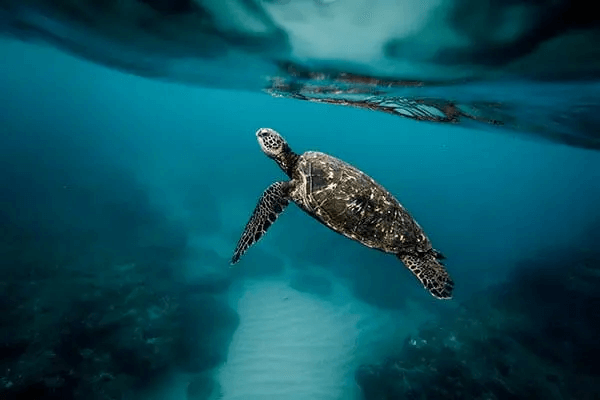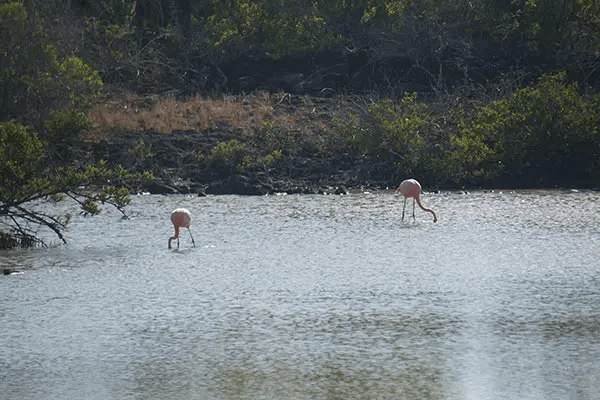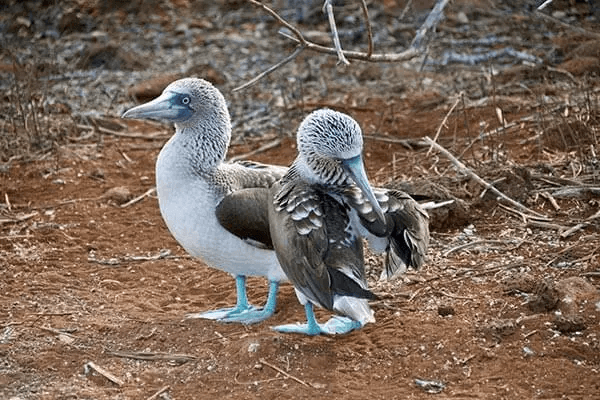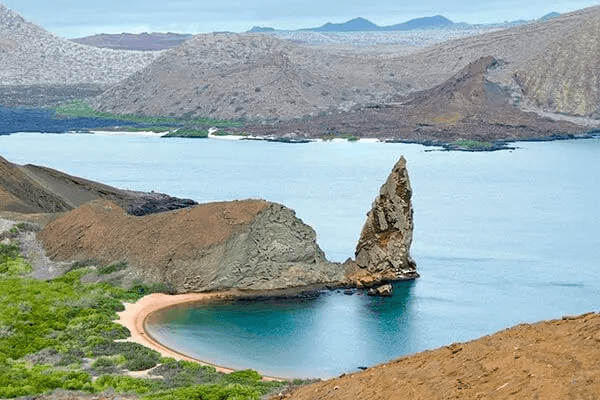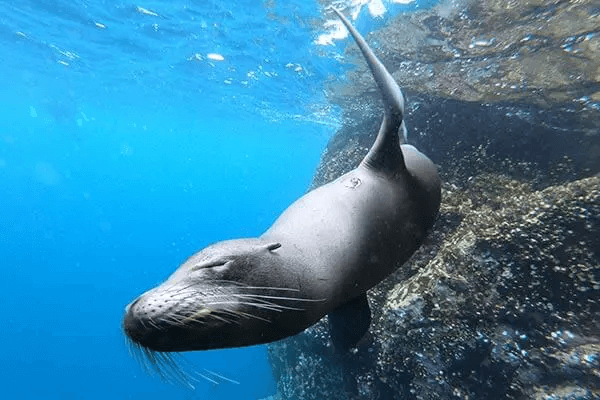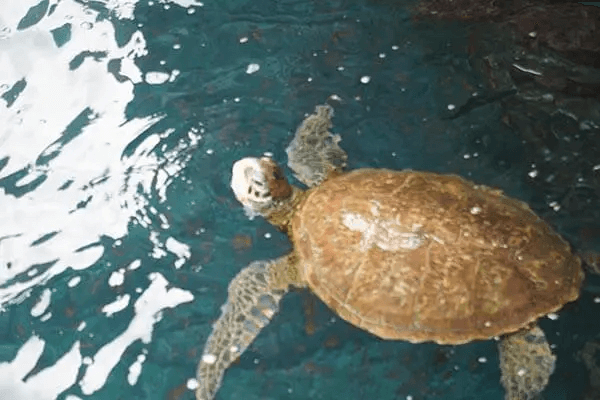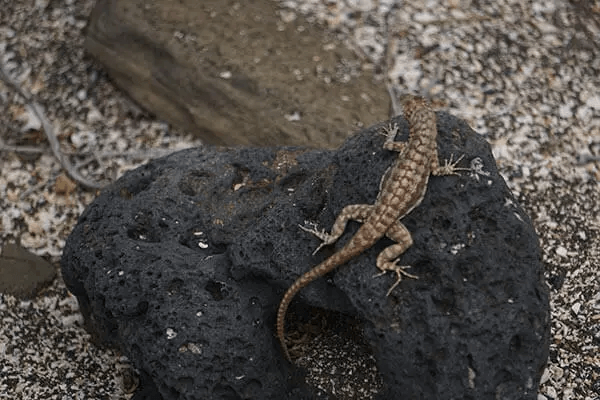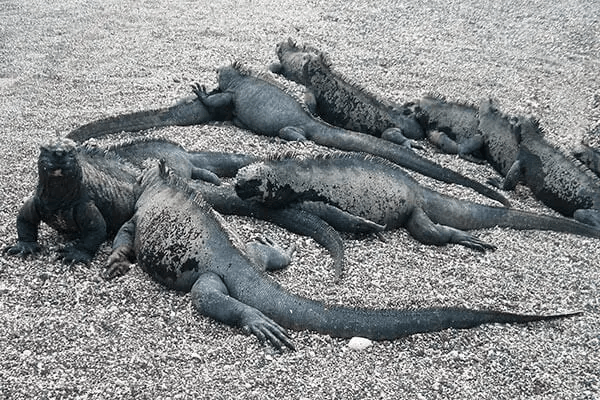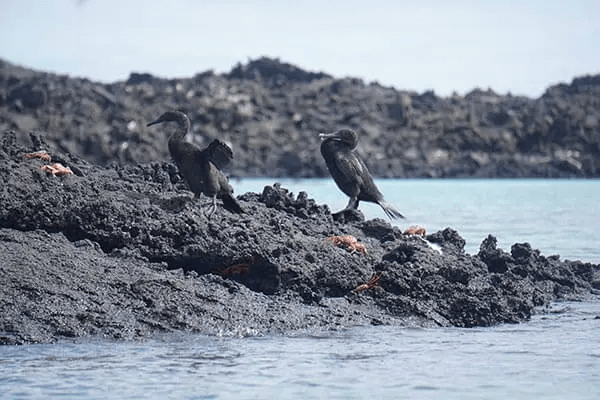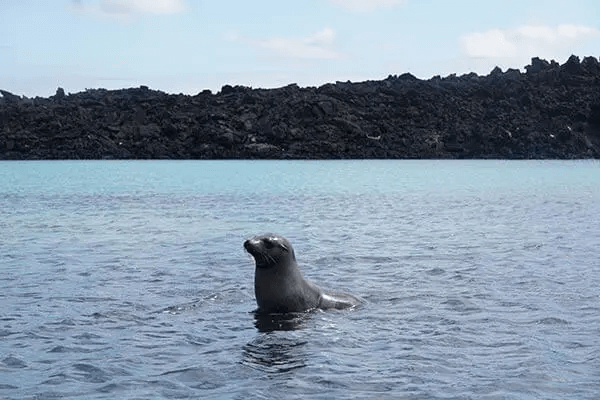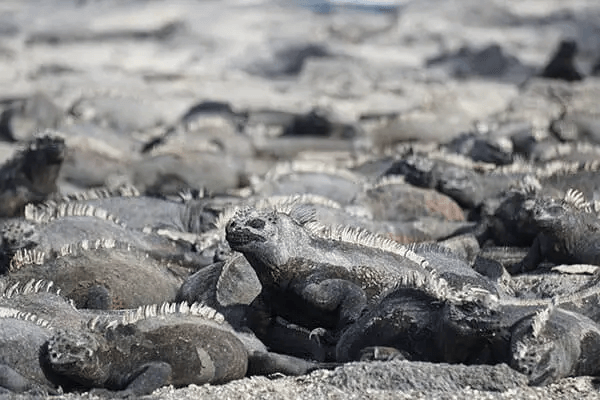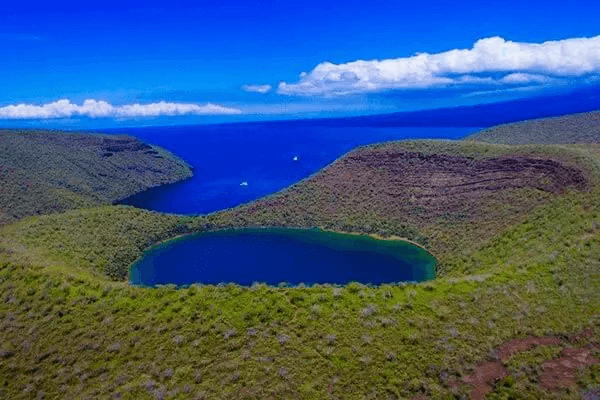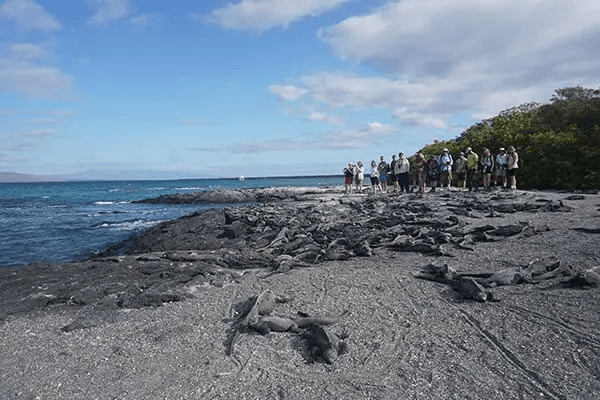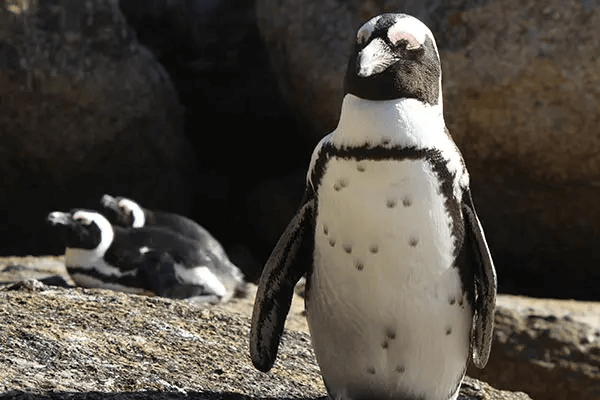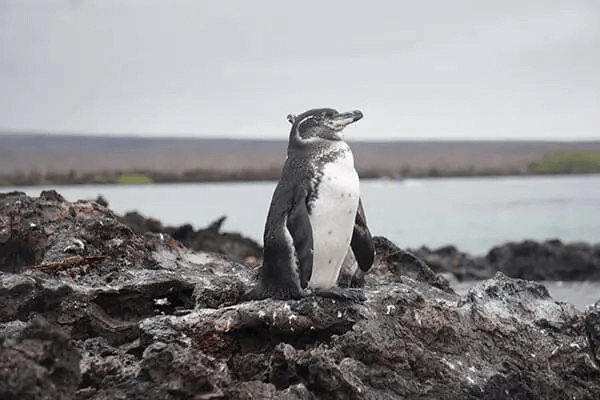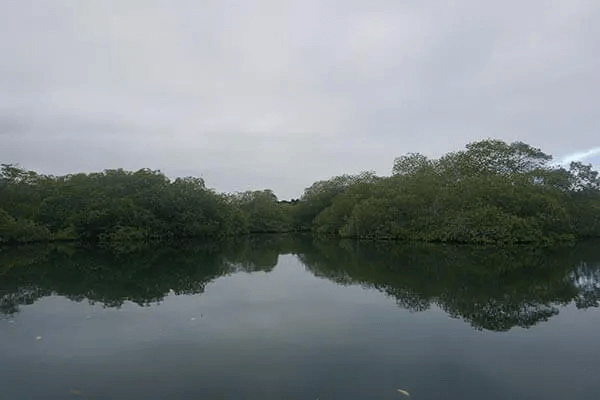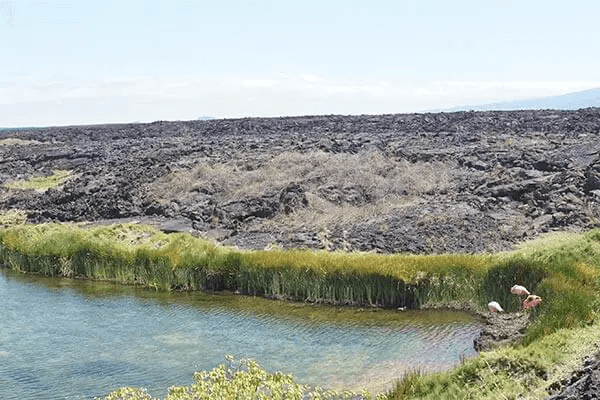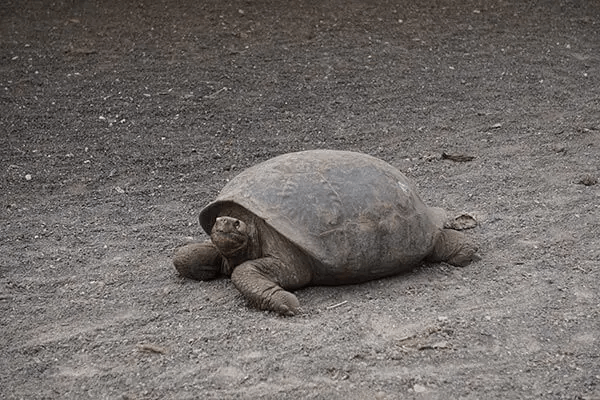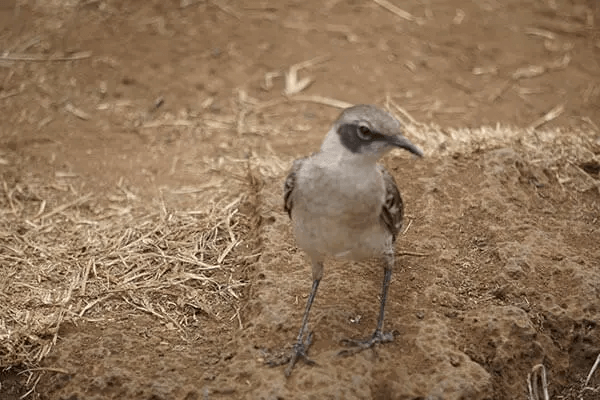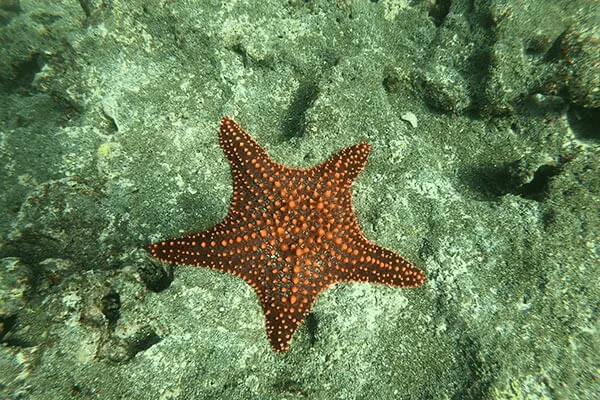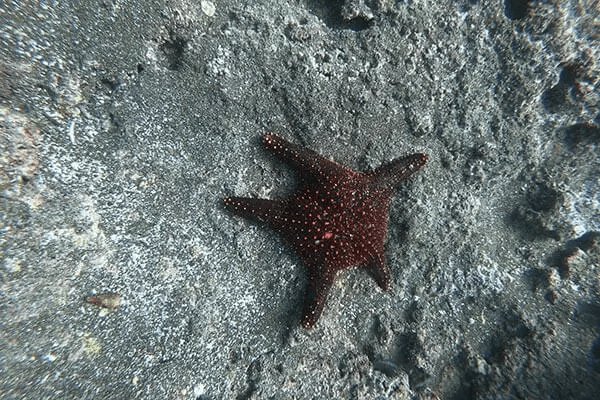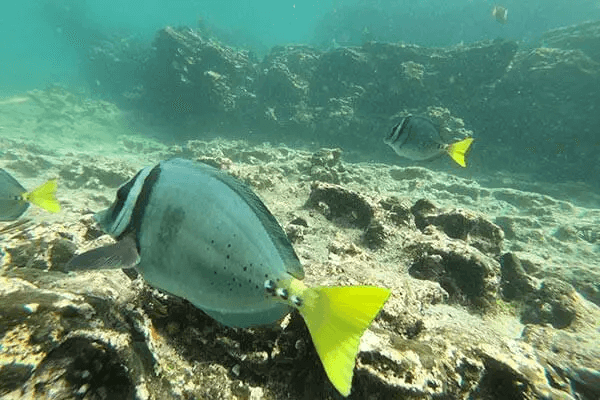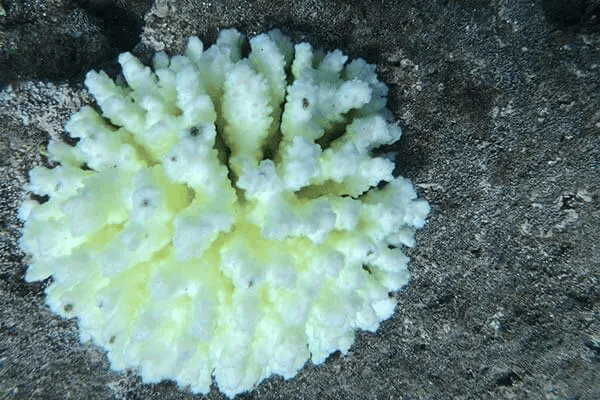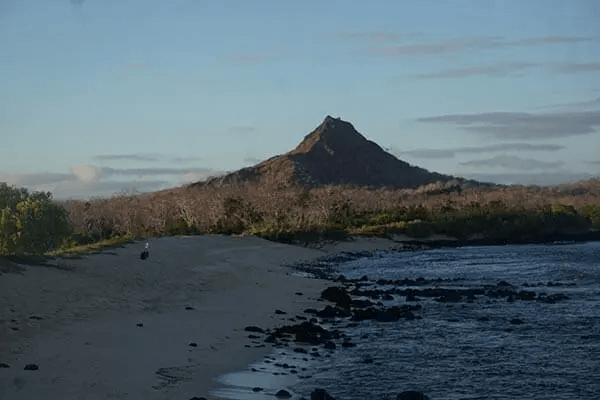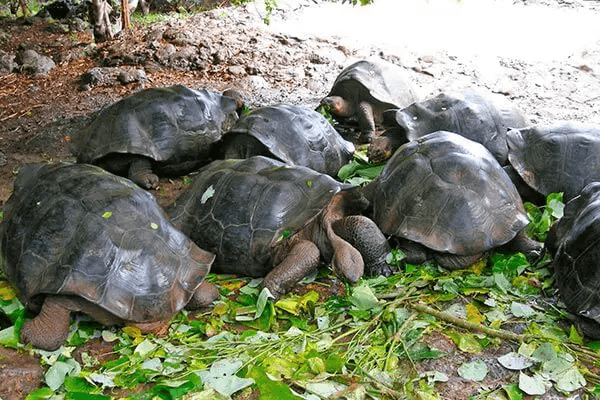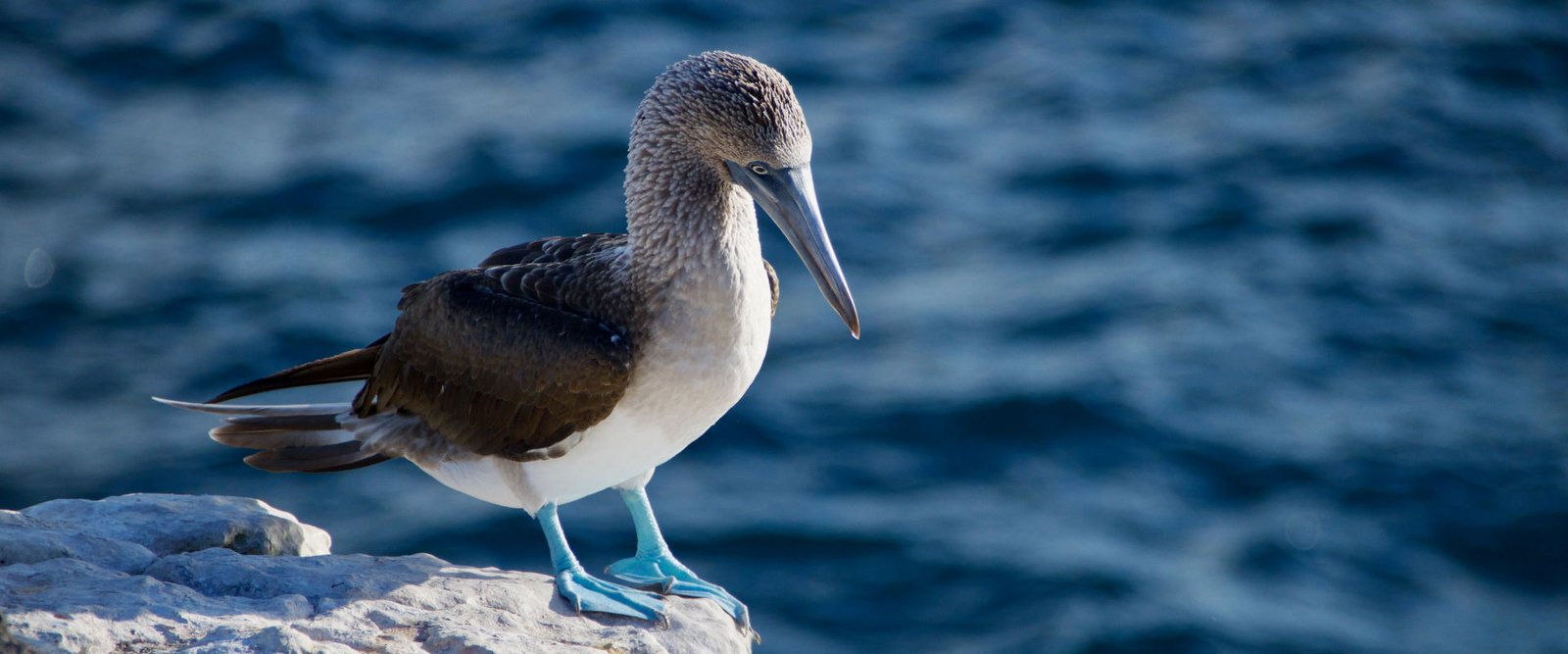
Itinerary 8 Days A
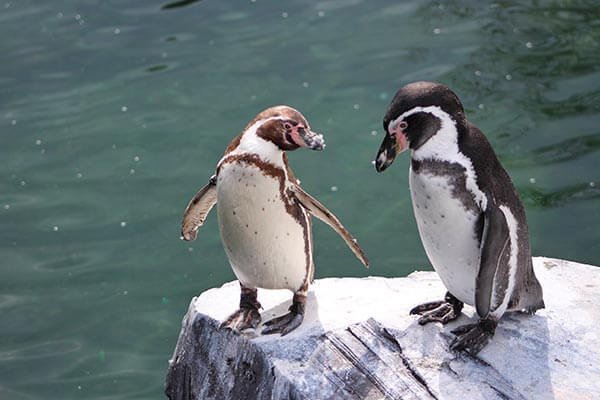
Itinerary 8 Days A
- Day 1 Wednesday: Arrival to Isla Santa Cruz
- Day 2 Thursday: Rabida – Isabela
- Day 3 Friday: Isabela
- Day 4 Saturday: Fernandina Island – Isabela Island
- Day 5 Sunday: Puerto Egas – Santiago
- Day 6 Monday: Bartolome – Chinese hat
- Day 7 Tuesday: Seymour – Santa Cruz Island
- Day 8 Wednesday: Baltra Island – Guayaquil or Quito
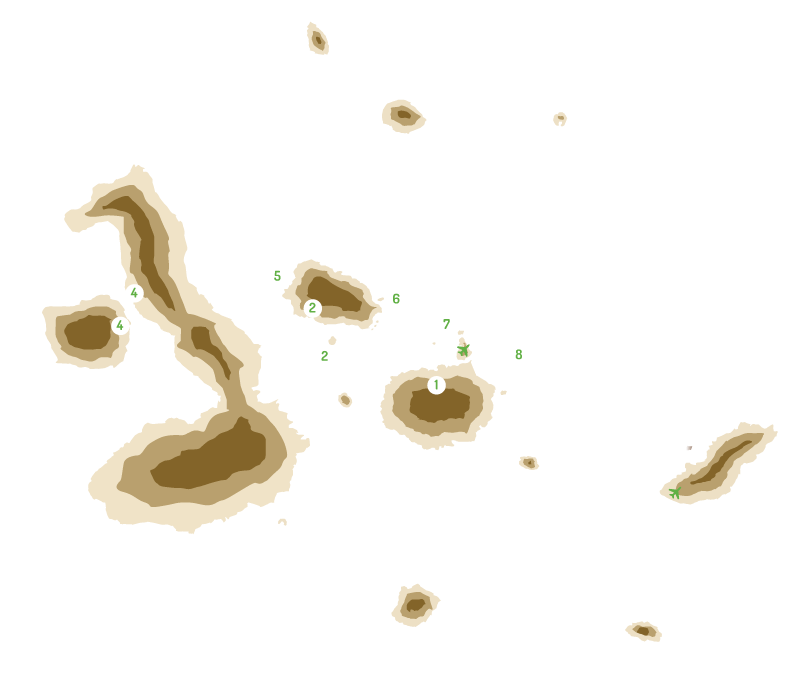
DAY BY DAY ITINERARY
Santa Cruz Island
Transfer to Quito Airport for your early morning flight to the Galapagos Islands. Keep in mind that you may leave the hotel as early as 4:30 am (a boxed breakfast will be provided).
Your flight to the Galapagos Islands will make a stop in Guayaquil to refuel and pick up other passenger (total flight time is around 3.5 hours).
On arrival in the Galapagos, you’ll be met in the arrivals hall by your naturalist guide and transferred to your boat, M/Y Grand Daphne, which will be moored close to Isla Baltra. Once on board, you’ll meet the crew, be assigned a cabin and enjoy a delicious lunch with your fellow travellers. Try on the snorkelling gear to ensure it fits, before your first snorkelling session. Wetsuits can also be hired at an additional cost.
Sail from Baltra to Las Bachas, on the north shore of Isla Santa Cruz, which is a nesting site for the Pacific green turtle. You may also see some marine iguanas. The sand here, made of decomposed coral, is particularly white and soft, and the nearby rocks make for an excellent snorkelling spot, where you might see some of the many Sally Lightfoot crabs on the island. A saltwater lagoon just near the beach is home to flamingos, whimbrel and great blue herons.
You may spot
Included Activities
- Isla Santa Cruz - Bachas Beach Walk (1 hour) - Wet Landing
- Isla Santa Cruz - Bachas Beach Snorkel (45 mins) - Wet Landing
Level
- Bachas Beach Visit 2/5
Rabida – Isabela
Sail from Bachas to Rabida.
Rabida Island is famously is known for its gorgeous red sandy beach (due to the rusting of iron) and is one of the most striking islands in the entire archipelago. From the shore, the trail leads through to what is one of the finest lagoons in the Galapagos for viewing flamingos. Rabida is also a wonderful place to spot nesting pelicans. Elsewhere, pintail ducks, marine iguanas and sea lions are all present. Here we will find great opuntia cactus forest which suggests previous existence of land iguanas as well as possibly Galapagos hawks, mockingbirds, doves, finches and lava lizards. There is also an opportunity for snorkeling in a place where sea stars, damsels, gobbies and surgeon fish are numerous.
In the afternoon, head to Albemarle on the northeast side of Isabela Island. Covered in mangroves, the bay is home to sea turtles, sea lions, penguins and flightless cormorants who feed on the algae and fish here. Take a walk inland and discover the remains of an old radar base from World War II and pass by pahoehoe and a’a lava formations. Another fantastic location for snorkelling, you may like to have a look beneath the water’s surface in search of sea turtles and flightless cormorants.
You may spot
Included Activities
- Rabida - Easy hike and snorkeling off the beach (2 hours) - Wet Landing
- Isla Isabela - Punta Albermarle - Snorkelling (1 hour) - Dry Landing
- Isla Isabela - Punta Albermarle - Walk (2 hours) - Dry Landing
Level
- North Seymour 3/5
- Bartolome Island 4/5
Isabela
Wake up near Tagus Cove, where pirates and whalers used to collect tortoises for their travels. Enjoy a short visit here (approximately 2 hours), perhaps snorkelling or checking out the graffiti on the walls (the oldest of which is from 1836). Witness flightless cormorants, blue-footed boobies, a variety of waterfowl and the most northerly penguins in the world. You will walk to a lookout point for a stunning view of the north of Isabela Island and Volcan Wolf (Wolf Volcano).
Today you will also visit Bahia Urbina that is West of Isabela Island, Urbina Bay has a wide variety of plant life which changes depending on the season. We can observe the beautiful color of the plants which attracts many different insects.
The site also features a short trek inland, where feeding giant tortoises can be spotted amongst the bushes in their natural habitat, as well as land iguanas nest the middle of the trail where their specially textured and yellowish skin can be observed from up close. Flycatchers, Darwin’s finches and mockingbirds are common on the ground and in the trees.
You may spot
Included Activities
- Isla Isabela - Tagus Cove - Walk (1.45 hours) - Dry Landing
- Isla Isabela - Tagus Cove - Snorkel (1 hour)
- Isla Isabela - Urbina Bay- Walk 40 minutes (2 hours) – wet Landing
- Isla Isabela - Urbina Bay - Snorkel (1 hour)
Level
- Egas Port 4/5
- Espumilla Beach 3/5
- Bucaneer Cove 1/5
Fernandina Island - Isabela
Today we visit Punta Espinosa that is a narrow ledge of lava and sand extending from the base of La Cumbre volcano. Take a walk around the beautiful peninsula, which boasts such wildlife and plant life as lava cacti, marine iguanas, barking sea lions, tiny penguins and Sally Lightfoot crabs. Keep a lookout for that marvellous Galapagos predator hunting from the treetops: the Galapagos hawk. Top-notch snorkelling opportunities await in the clear waters, and turtles and sea lions can be seen swimming around and feeding on the shore. This is also a great spot to see flightless cormorants drying their atrophied wings on the rocks.
In the afternoon head to Punta Vicente Roca, this site allowed for panga rides to observe the abundant wildlife and offers one of the best snorkeling spots of the Archipelago. The snorkeling “route” takes us along the cliffs and offers the not so common chance of exploring two shallow underwater caves.
The primitive and unaggressive bullhead shark, known locally as the Port Jackson shark, is often seen here sharing its space with red-lipped batfish, frogfishes, Pacific seahorses, the endemic Camotillo, schools of barracuda and brown-stripped snappers. Sponges, corals, and other marine invertebrates are also abundant in the area.
You may spot
Included Activities
- Isla Fernandina - Punta Espinosa - Snorkel (1 hour)
- Isla Fernandina - Punta Espinosa - Walk (2 hours) - Dry Landing
- Isabela -Punta Vicente Roca - 30 min deep snorkeling / 1-hour dinghy ride
Level
- Tagus Cove 4/5
- Espinosa point 3/5
Puerto Egas-Santiago
Head to Puerto Egas, a black-sand beach on the west side of James Bay, northwest of Isla Santiago. It’s home to some amazing volcanic tuff formations. Take a stroll along the beach with the native marine iguanas, pelicans, finches, mockingbirds, oystercatchers, Galapagos sea lions and Galapagos fur seals. You can see the amazing tidal pools, formed from ancient lava flow, providing a home for sponges, snails, hermit crabs, barnacles and fish. You might also end up snorkelling with a Galapagos fur seal – they’re always looking for a friend!
In the afternoon travel to Caleta Buccanero located on the North- west side of Santiago island is a shelter bay were pirates and buccaneers used to rest and repairs the ships while part of the crew were on land looking for the giants tortoises to take them on board and eat.
We will do snorkeling and panga ride looking for blue footed boobies, pelicans and nocturnals sea gulls nesting on the cliff. the activity takes 2 hours the activities
You may spot
Included Activities
- Isla Santiago - Puerto Egas - Walk (1.45 hours) - Wet Landing
- Isla Santiago - Puerto Egas - Snorkelling (1 hour) - Wet Landing
- Caleta Buccanero - Snorkel (1 hour)
- Caleta Buccanero- Panga ride (1 hour)
Level
- Moreno Point 3/5
- Elizabeth Bay 2/5
Bartolome-Chinese hat
We woke up in Bartolome island – a spectacular volcanic landscape full of spatter cones and lava flows, and home to Galapagos penguins and lava lizards. Bartolome is a relatively new island in the archipelago. Put on your walking shoes and climb up 360 wooden steps to the summit, where an amazing view of Pinnacle Rock awaits. This is one of the photographed sights in the Galapagos – an abrupt jag of rock protruding from the earth like a tooth, providing a focal point for two nearby bays.
Hike to the top of a once-active volcano and enjoy superb views across to Bahia Sullivan on nearby Isla Santiago. If you’re in luck, you might catch a glimpse of the Galapagos hawk. There’s also the chance to go snorkelling among the colourful marine life.
In the afternoon we travel to Sombrero chino.
Sombrero chino is located on the South-East side of Santiango island is a very small island with nice white sandy beaches and amazing volcanic landscapes were sea lions and penguins like to rest and nest on the rocks, we do an easy hike on the island then snorkeling looking for reef sharks, sea turtles, penguins and sea lions, the activity takes 3 hours.
You may spot
Included Activities
- Isla Bartolome - Snorkelling (1.5 hours) Dry Landing
- Isla Bartolome - Walk (1.5 hours) - Dry Landing
- Sombrero chino Walk (1.5 hours) Wet Landing
- Sombrero Chino Snorkelling (1.5 hours) Wet Landing
Level
- Tintoreras 3/5
- Wetlands 3/5
Seymour - Santa Cruz Island
Wake up this morning on to North Seymour, one of the most visited islands of the Galapagos. First up is a walk around the island to spot some blue-footed boobies and swallow-tailed gulls. Boobies and frigates have an interesting relationship, sharing the same nesting area on North Seymour. Blue-footed boobies nest on the ground while the frigate birds nest just above them in the saltbushes. As you walk, look out for land iguanas, marine iguanas, Galapagos sea lions and the endemic incense tree. After the walk, cool off and go snorkelling and encounter a great variety of fish and perhaps some white-tipped reef sharks, rays and sea lions.
In the afternoon we travel to Isla Santa Cruz, the second largest island in the Galapagos.
The small town of Puerto Ayora is the economic centre of the archipelago, and home to the Charles Darwin Research Station. As well as undertaking vital conservation work, the station also makes for interesting exploration and offers the best opportunities for close encounters with giant tortoises. You may also see baby tortoises and land iguanas.
You may spot
Included Activities
- Isla North Seymour - Walk (2 hours) - Dry Landing
- Isla North Seymour - Snorkelling (1 hours)
- Isla Santa Cruz - Charles Darwin Research Station (1.5 hours) - Dry Landing
Level
- Dragon Hill 3/5
- Carrion Point 2/5
Baltra Island – Guayaquil or Quito
Flights to the mainland from Galapagos depart mid-morning, so it’s an early start for your last morning on the islands.
You will visit the Santa Cruz Highlands. Travel through the agricultural region and into the misty forests where you can see the unique scalesia cloud forest, dome-shaped giant tortoises in the wild, different species of Darwin finches and possibly the world-famous woodpecker and warbler finches. You might also glimpse a vermillion flycatcher.
Then it’s time to bid farewell to the archipelago and head to the airport for your mid-morning flight back to Quito for the last night of the tour. This flight takes approximately 2.5 hours with a transit in Guayaquil.
You may spot
Included Activities
- Isla Santa Cruz - Highlands Visit (1 hour) - Dry Landing
Level
- 2/5
As you will be leaving the boat this morning, please remember that if you have enjoyed the services provided by your guide and crew, a tip is considered appropriate. For logistical and cultural reasons, we treat this as an optional expense and do not incorporate it into your trip price.
As a guideline we recommend each passenger considers USD 15 per day for the crew (collectively) and USD 10 per day for your guide. You can leave tips in envelopes that are placed in your cabin before you disembark.
Please note that the snack provided during your flight may not meet specialty dietary requirements.

